This article was medically reviewed by Thomas Wright, MD. Dr. Wright is board certified in Internal Medicine and Phlebology in Missouri with over 25 years of experience. He is one of the first 200 surgeons in the United States to become a diplomat by the American Board of Venous and Lymphatic Medicine. He completed his MD at the University of Missouri and his residency at the University of Alabama Birmingham in 1995. He is a Fellow of the American College of Phlebology and the American College of Physicians. He is a member of the American Society for Laser Medicine and Surgery, American Academy of Cosmetic Surgery, and the American Medical Association.
There are 11 references cited in this article, which can be found at the bottom of the page.
wikiHow marks an article as reader-approved once it receives enough positive feedback. This article received 29 testimonials and 99% of readers who voted found it helpful, earning it our reader-approved status.
This article has been viewed 2,372,911 times.
The gallbladder is a small digestive organ whose primary function is to store bile created by the liver. Sometimes the gallbladder fails to work properly, and can become filled with gallstones. Gallbladder disease is more common in women, overweight people, people with gastro-intestinal problems and those with high blood cholesterol levels. There is a genetic component, as well. Gallstones are the primary cause of gallbladder disease; however, two uncommon causes are gallbladder cancer and gallbladder attack, or Cholecystitis.[1] Identifying the symptoms of and seeking treatment for gallbladder disease can help you avoid discomfort and medical complications.
Steps
Recognizing Common Gallbladder Problems
-
1Learn about gallstones. When gallbladder digestive fluid hardens into deposits, it can create gallstones. These deposits can range in size from the size of a grain of sand to a large golf ball.[2]
-
2Watch for signs of jaundice. You will notice a yellowish tint to the skin or the whites of your eyes and white or chalky stools. Jaundice usually occurs when gallstones block the bile duct, causing a backup of bile into the liver. The bile may begin leaking into your bloodstream.[3]Advertisement
-
3Identify symptoms of Cholecystitis. Cholecystitis is an inflammation of the gallbladder. It can be caused by gallstones, tumors, or other gallbladder problems. These attacks often result in severe pain that can generally occur along the right side of the body or between the shoulder blades. This pain is often accompanied by nausea and other stomach discomfort.[4]
- A buildup of too much bile in the gallbladder can cause gallbladder attacks.
- Different people experience gallbladder attacks differently. Although pain typically is on the right side, or between the shoulder blades, it may also feel like low back pain, cramps, or the like.
-
4Know that diet affects your gallbladder. Large or fatty meals can trigger a gallbladder attack.[5] The attacks often occur in the evening, within hours of eating.
- Gallbladder attacks are usually a symptom indicating that something else is wrong with the gallbladder. If gallbladder function is compromised and the gallbladder doesn't empty as quickly as it should, a gallbladder attack may occur.
Identifying Symptoms of Gallbladder Disease
-
1Watch for early symptoms. A few of the earlier symptoms of gallbladder disease include gas, burping, belching, heartburn, feeling bloated, constipation or indigestion. These signs can be easy to miss or diagnosed or dismissed as a less serious problem, but early intervention can be key.[6]
- These symptoms indicate that food is not digesting properly, a common occurrence with gallbladder disease.
- There can also be "twinges" or pain that feels like gas or cramps in the midsection.
-
2Be aware of symptoms that mimic the stomach flu or a mild case of food poisoning. These symptoms may include persistent nausea, queasiness, constant fatigue and vomiting.[7]
-
3Assess your pain. Gallbladder problems can often manifest as pain in the upper abdomen that often (but not always) radiates to your right shoulder. This pain can either be constant or it can come and go, depending on the cause of the specific gallbladder problem.[8]
- This pain may be worse after a meal that is high in fat.
-
4Notice offensive body odor or excessive bad breath. If you have always had body odor or halitosis (chronic bad breath), it is unlikely to mean anything. However, if these develop suddenly and don’t go away in a few days, they could be signs of an underlying problem, such as gallbladder malfunction.
-
5Check your stools. One of the clearest signs of a gallbladder problem is stools that are light or chalky in color stools.[9] Lighter, loose stools may be the result of insufficient bile. You may also have darker than usual urine with no change in water consumption.
- Some people experience diarrhea that may last up to three months or more and may have up to ten bowel movements per day.
-
6Watch for signs of fever, chills and shivering. These generally occur with more advanced stages of gallbladder disease. Again, these are symptoms that are common with other diseases, but if you’ve had stomach problems and other indicators of gallbladder disease, a fever could be a bad sign that the disease is progressing.[10]
Seeking Medical Treatment
-
1See your doctor if you experience any of the symptoms associated with gallbladder disease. If your symptoms match many of the ones above, you should definitely seek medical attention. If you are experiencing symptoms, if your symptoms are worsening, or if you develop new symptoms, see your doctor as soon as possible.[11]
- Some gallbladder problems, such as smaller gallstones, will not require invasive medical treatment. These can sometimes resolve on their own. However, a doctor’s visit is needed to determine this.
-
2Schedule an ultrasound of your abdomen.[12] To determine how effectively your gallbladder is functioning or whether there are large obstructions to the organ, an ultrasound will be needed. The ultrasound technician will check for gallstones, bile flow, and signs of tumors (which are rare).
- Most polyps found in the gallbladder during the ultrasound are very small and do not need removal. Your doctor may want to monitor smaller polyps through additional ultrasound examinations to ensure they do not grow. Larger polyps generally indicate a greater risk of gallbladder cancer.
- Removal of gallbladder polyps is at the discretion of your doctor.
-
3Schedule gallbladder surgery if necessary. Many gallbladder problems are resolved with the removal of large gallstones or the gallbladder itself (cholecystectomy).[13] The body can function normally without the gallbladder, so do not be alarmed if your doctor recommends its removal.
- Gallstones are almost never treated with medicine. It takes years to dissolve the stone with medicine, and the stones that can be treated effectively are so small that it almost never worth the bother.
- Removal of the gallbladder sometimes have side effects, (such as loose stools) but often none at all.
Warnings
- Avoid foods that may trigger attacks, like fatty meats, cauliflower, spicy foods, pork and eggs. Seeds and corn are also known to aggravate the gallbladder.⧼thumbs_response⧽
References
- ↑ https://www.hopkinsmedicine.org/health/conditions-and-diseases/cholecystitis
- ↑ https://www.niddk.nih.gov/health-information/digestive-diseases/gallstones/definition-facts
- ↑ https://medlineplus.gov/ency/article/000210.htm
- ↑ https://my.clevelandclinic.org/health/diseases/15265-gallbladder-swelling--inflammation-cholecystitis
- ↑ https://www.hopkinsmedicine.org/health/conditions-and-diseases/what-causes-a-gallbladder-attack
- ↑ https://www.hopkinsmedicine.org/health/conditions-and-diseases/gallbladder-disease
- ↑ https://gi.org/topics/biliary-tract-disorders-gallbladder-disorders-and-gallstone-pancreatitis/
- ↑ https://gi.org/topics/biliary-tract-disorders-gallbladder-disorders-and-gallstone-pancreatitis/
- ↑ https://www.nhs.uk/conditions/gallstones/complications/
About This Article
Gallbladder disease can seem scary, but if you're able to diagnose it and treat it early on, you'll have an easier time recovering. Early symptoms of gallbladder disease include gas, burping, heartburn, feeling bloated, constipation, and indigestion. You may also experience persistent nausea, chronic fatigue, vomiting, and abdomen pain. The pain usually starts in your upper abdomen and often radiates to your right shoulder, and it may be worse after a meal high in fat. Other symptoms include chronic bad breath, light-colored and loose stools, fever, and chills. If you experience any of these symptoms, see your doctor so they can diagnose you and get you started on treatment if you need it. For more advice from our Medical co-author on treating gallbladder disease, read on.
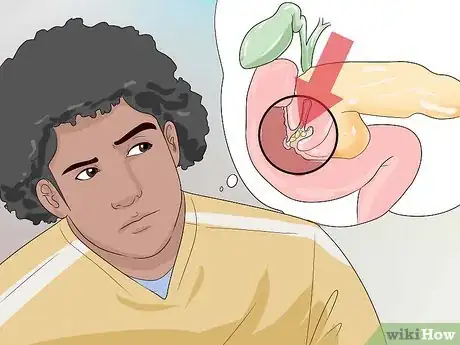
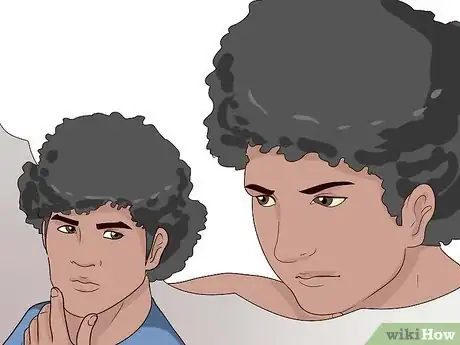
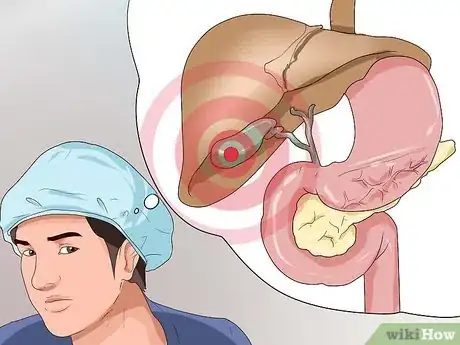
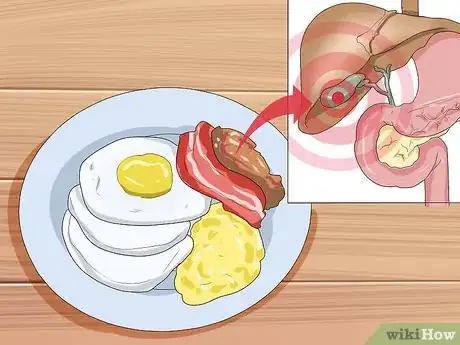
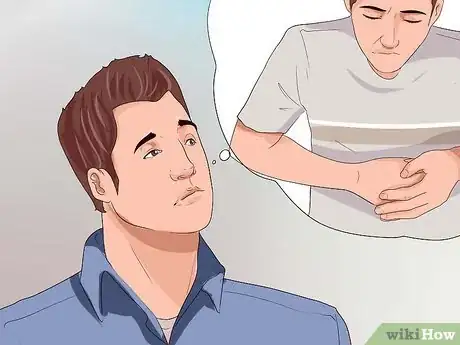
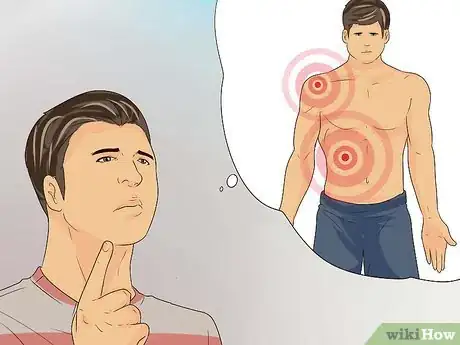
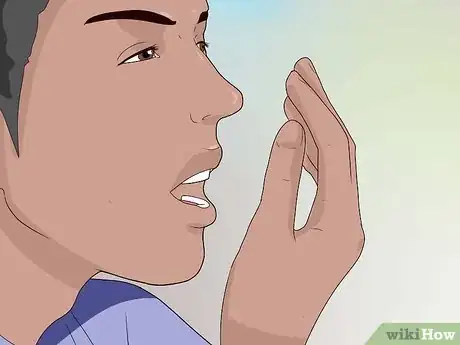
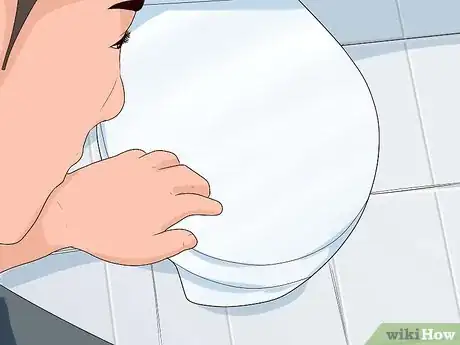
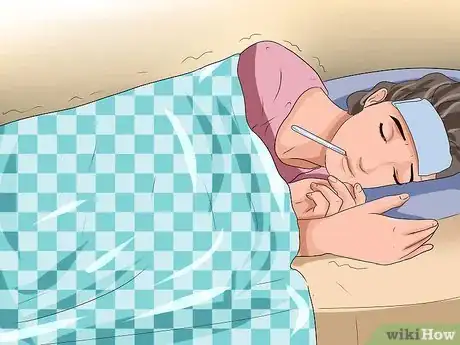
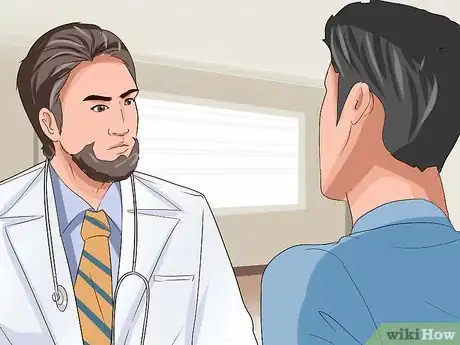
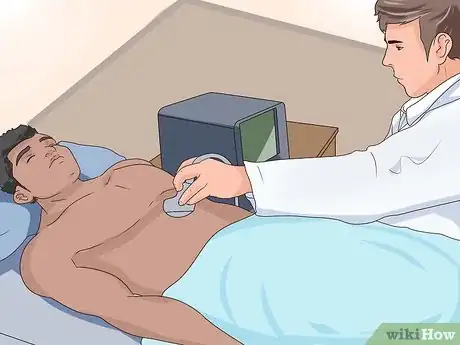
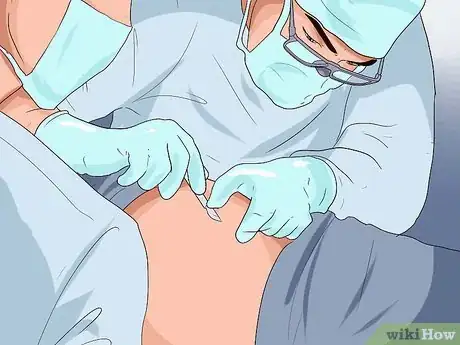
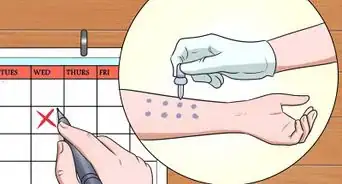
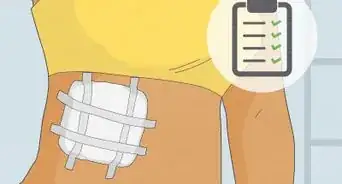
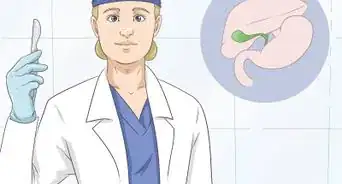

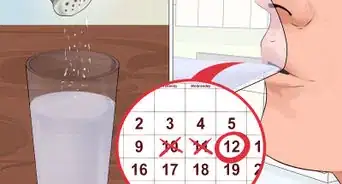
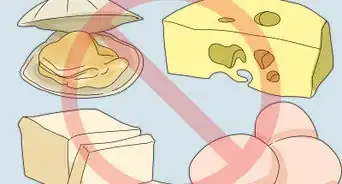











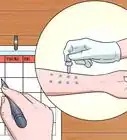
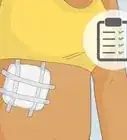
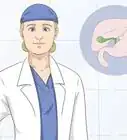





































Medical Disclaimer
The content of this article is not intended to be a substitute for professional medical advice, examination, diagnosis, or treatment. You should always contact your doctor or other qualified healthcare professional before starting, changing, or stopping any kind of health treatment.
Read More...